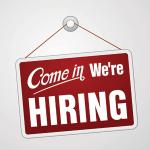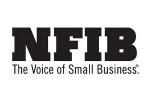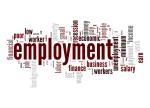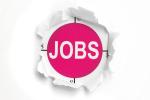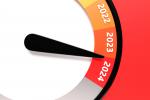WASHINGTON — The National Federation of Independent Business (NFIB) Small Business Optimism Index reached the highest reading of the year in May at 90.5, a 0.8-point increase but still the 29th month below the historical average of 98.
The Uncertainty Index rose nine points to 85, the highest reading since November 2020. Twenty-two percent of owners reported that inflation was their single most important problem in operating their business, unchanged from April and the top business problem among owners.
“The small-business sector is responsible for the production of over 40% of GDP and employment, a crucial portion of the economy,” said NFIB Chief Economist Bill Dunkelberg. “But for 29 consecutive months, small-business owners have expressed historically low optimism and their views about future business conditions are at the worst levels seen in 50 years. Small-business owners need relief as inflation has not eased much on Main Street.”
Key findings of the report include:
- Owners’ plans to hire rose three points in May to a seasonally adjusted net 15%, the highest reading of the year.
- Seasonally adjusted, a net 28% plan price hikes in May, up two points from April.
- Six percent of owners reported that financing was their top business problem in May, up two points from April. The last time financing as a top business problem was this high was in June 2010.
Seasonally adjusted, a net 37% reported raising compensation, down one point from April. A seasonally adjusted 18% plan to raise compensation in the next three months, down three points from April and the lowest reading since March 2021. Ten percent of owners cited labor costs as their top business problem, only three points below the highest reading of 13% reached in December 2021. Twenty percent said that labor quality was their top business problem, just behind inflation as the number one issue.
The net percent of owners raising average selling prices was unchanged from April at a net 25% seasonally adjusted. Twenty-two percent of owners reported that inflation was their single most important problem in operating their business. Unadjusted, 12% reported lower average selling prices and 40% reported higher average prices.
The frequency of reports of positive profit trends was a net negative 30% (seasonally adjusted), three points worse than April and a very poor reading, the NFIB states. Among owners reporting lower profits, 32% blamed weaker sales, 15% blamed the rise in the cost of materials, 14% cited labor costs, and 11% cited lower selling prices. For owners reporting higher profits, 41% credited sales volumes, 23% cited usual seasonal change, and 10% cited higher selling prices.
The NFIB Research Center has collected Small Business Economic Trends data with quarterly surveys since the fourth quarter of 1973 and monthly surveys since 1986. Survey respondents are randomly drawn from NFIB’s membership. The report is released on the second Tuesday of each month. This survey was conducted in May 2024.
Have a question or comment? E-mail our editor Dave Davis at [email protected].




















